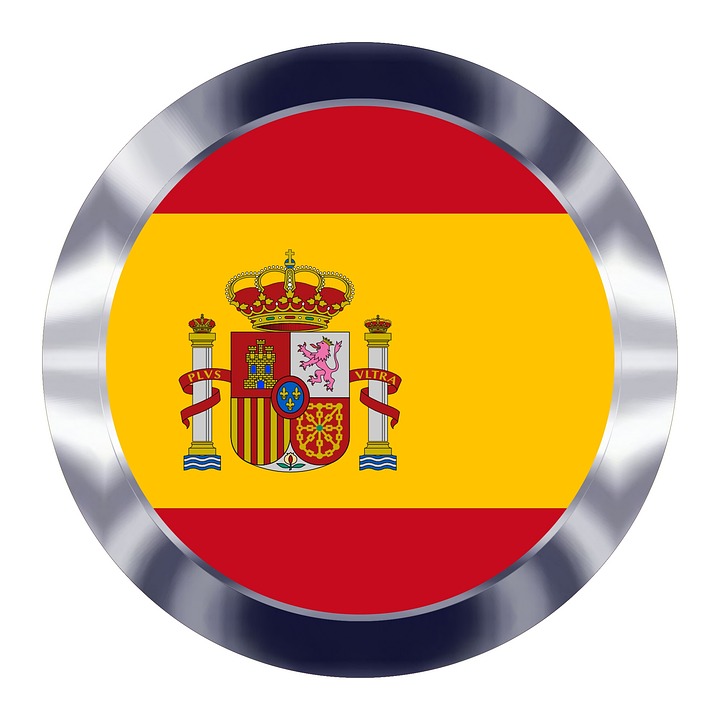The Influence of Spanish Visionaries on Art, Literature, and Culture
Spain has a long and rich history of producing visionary thinkers who have had a profound impact on art, literature, and culture. From the surrealism of Salvador Dali to the magical realism of Gabriel Garcia Marquez, Spanish visionaries have pushed the boundaries of creativity and imagination, leaving a lasting legacy that continues to inspire artists and thinkers around the world.
Art
One of the most famous Spanish visionaries in the art world is Salvador Dali. Dali was a leading figure in the surrealist movement, which sought to unlock the creative potential of the unconscious mind. His mind-bending, dreamlike paintings, such as “The Persistence of Memory” and “Swans Reflecting Elephants,” have captivated viewers for generations and continue to be a source of inspiration for artists seeking to explore the depths of their own imaginations.
Another Spanish artist whose work continues to influence contemporary art is Pablo Picasso. Picasso was a pioneer of the cubist movement, which broke with traditional forms of representation to create fragmented, abstracted images. His famous painting “Guernica,” which depicts the horrors of war, is considered a masterpiece of modern art and remains a powerful symbol of the devastating impact of violence on human society.
In addition to Dali and Picasso, Spanish art has been shaped by a diverse range of visionaries, from the mystical paintings of El Greco to the revolutionary sculptures of Antoni Gaudi. These artists have pushed the boundaries of artistic expression, challenging viewers to see the world in new and unexpected ways.
Literature
Spanish literature has also been profoundly influenced by visionary thinkers who have pushed the boundaries of storytelling and language. One of the most famous Spanish visionaries in literature is Miguel de Cervantes, whose novel “Don Quixote” is considered one of the greatest works of fiction ever written. The novel tells the story of a delusional knight who sets out on a series of adventures with his loyal squire, Sancho Panza, and explores themes of reality, illusion, and the power of imagination.
Another Spanish author who has had a lasting impact on literature is Federico Garcia Lorca. Lorca was a poet and playwright whose work explored themes of love, death, and the mysteries of human existence. His plays, such as “The House of Bernarda Alba” and “Blood Wedding,” are still performed regularly in theaters around the world and continue to inspire audiences with their poetic language and emotional depth.
Spanish literature has also been shaped by modern visionaries such as Gabriel Garcia Marquez, whose novels “One Hundred Years of Solitude” and “Love in the Time of Cholera” are considered masterpieces of magical realism. Garcia Marquez’s work blurs the line between reality and fantasy, creating a world where the supernatural and the ordinary coexist in harmony.
Culture
Spanish culture has been enriched by visionary thinkers who have challenged conventions and inspired new ways of thinking. One such visionary is Antoni Gaudi, whose architecture is a unique blend of form and function, nature and geometry. Gaudi’s masterpieces, such as the Sagrada Familia and Park Guell, are symbols of Barcelona’s creative spirit and have become iconic landmarks of the city.
Another Spanish visionary who has had a profound impact on culture is flamenco dancer and choreographer, Antonio Gades. Gades revolutionized the art of flamenco, combining traditional dance with modern themes to create powerful, emotional performances that have captivated audiences around the world. His work continues to inspire a new generation of dancers and choreographers, keeping this centuries-old tradition alive and vibrant.
Spanish cuisine has also been shaped by visionary thinkers who have redefined the way we think about food and dining. Chefs such as Ferran Adria, the founder of the legendary restaurant El Bulli, have pushed the boundaries of culinary creativity, creating innovative dishes that challenge our expectations and expand our palates. Adria’s imaginative approach to cooking has had a lasting impact on the world of gastronomy, inspiring chefs to think outside the box and push the boundaries of culinary art.
In conclusion, the influence of Spanish visionaries on art, literature, and culture cannot be overstated. From Salvador Dali to Gabriel Garcia Marquez, Spanish visionaries have left an indelible mark on the creative landscape, pushing the boundaries of imagination and inspiring new generations of artists, writers, and thinkers to explore the depths of their own creativity. Their legacy continues to shape the cultural landscape of Spain and the world, challenging us to see the world in new and unexpected ways.
